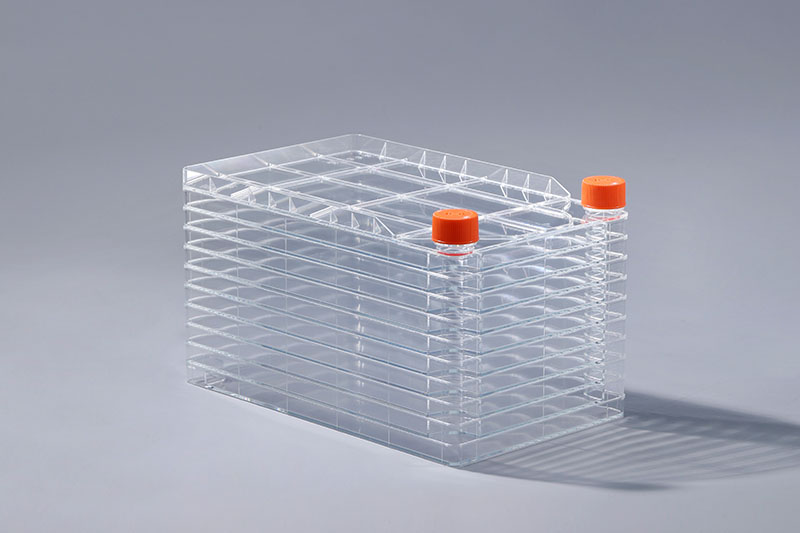セルファクトリー培養技術は、多くの大規模培養で一般的に使用されている培養方法です。細胞を培養する場合、細胞の正常な成長と再生を妨げる多くの要因の影響を受けます。放射線と超音波はその1つです。
可視光:可視光の波長は390〜780nmです。さまざまな色の光は、細胞の変性を引き起こし、核分裂の間期を延長し、細胞が壁に付着する能力を大幅に低下させる可能性があります。したがって、細胞のin vitro培養に細胞工場を使用する場合は、直射日光を避け、暗所で培養するか、できるだけ短時間保存する必要があります。
紫外線:細胞弱い紫外線に非常に耐性のあるものはあまり変化しませんが、敏感な細胞は損傷を受けます。紫外線が強い場合、分離された細胞は次のことを示します。完全な有糸分裂は実行できません。離液は有糸分裂中に増加します。細胞質の小疱形成は、有糸分裂中に減少します。照射された表面にブリスターが形成され、続いて細胞が増殖し、さらに損傷が生じます。
放射線:X線は細胞に明らかな損傷を与え、B線は核の分裂に影響を与える可能性があり、R線は核の分裂の数を減らします。異常な核分裂を引き起こし、細胞死を引き起こす可能性があります。
超音波:超音波下で、細胞はすぐに破裂し、細胞質は最初は無秩序に流れ、原形質のコロイド構造も大幅に変化します。超音波振動を止めれば元に戻すことができます。細胞死の原因はキャビテーションによるものです。超音波が2.5W/cm2の場合、細胞が損傷し、染色体が異常になります。核染色体が最初に歪む。
細胞培養に細胞工場を使用する場合、放射線と超音波は重要な要素である。さらに、温度、浸透圧、pH値などの要因も、細胞の成長と再生に影響を与えます。これらの要因を制御することで、正常な細胞増殖を確保できます。
The FAI climbed 5.9 percent year-on-year in the first 11 months of 2018, quickening from the 5.7-percent growth in Jan-Oct, the National Bureau of Statistics (NBS) said Friday in an online statement.
The key indicator of investment, dubbed a major growth driver, hit the bottom in August and has since started to rebound steadily.
In the face of emerging economic challenges home and abroad, China has stepped up efforts to stabilize investment, in particular rolling out measures to motivate private investors and channel funds into infrastructure.
Friday's data showed private investment, accounting for more than 60 percent of the total FAI, expanded by a brisk 8.7 percent.
NBS spokesperson Mao Shengyong said funds into weak economic links registered rapid increases as investment in environmental protection and agriculture jumped 42 percent and 12.5 percent respectively, much faster than the average.
In breakdown, investment in high-tech and equipment manufacturing remained vigorous with 16.1-percent and 11.6-percent increases respectively in the first 11 months. Infrastructure investment gained 3.7 percent, staying flat. Investment in property development rose 9.7 percent, also unchanged.
 English
English



















































